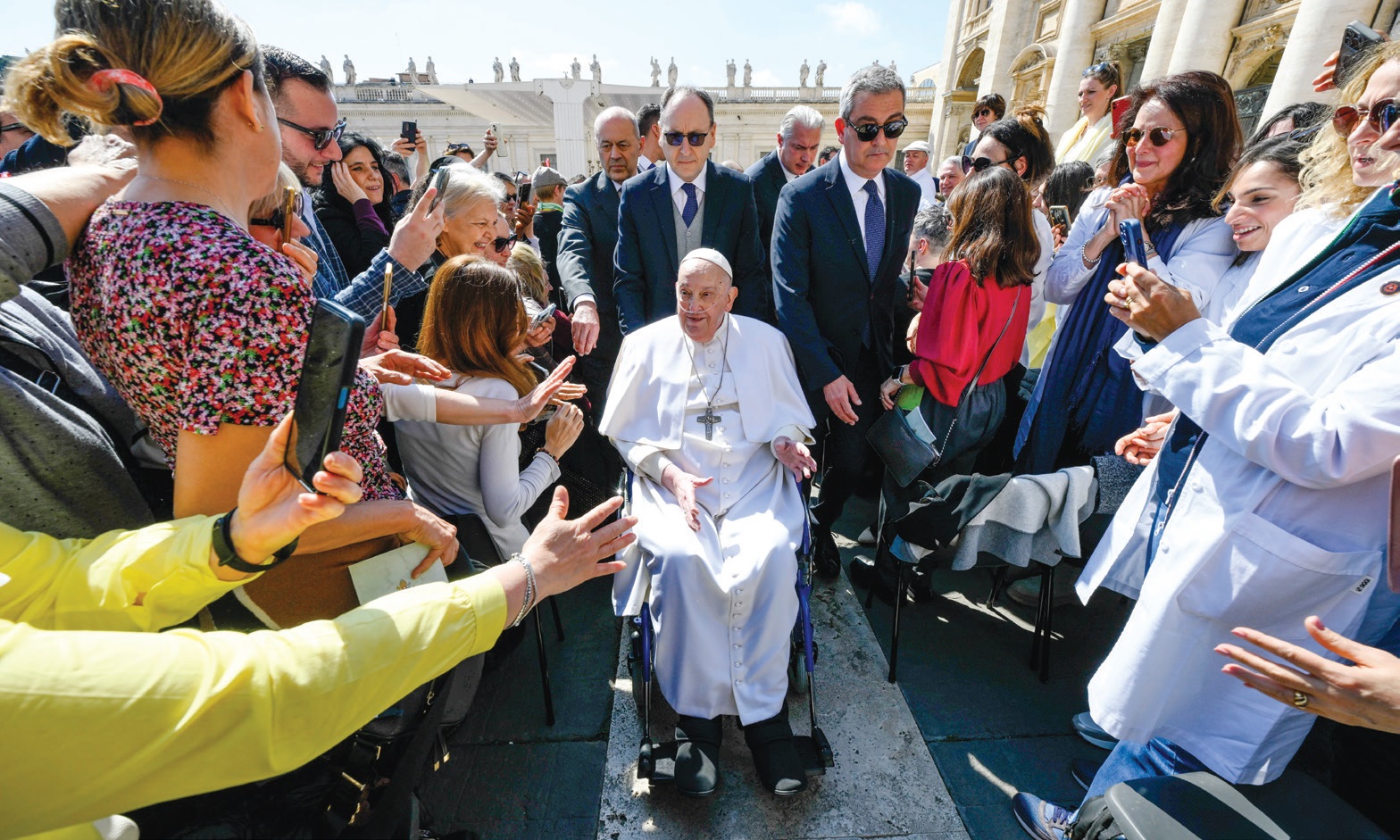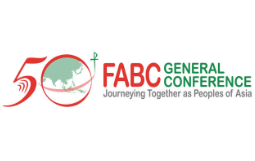A presence that speaks
It was just before 1.00pm on Thursday, April 10, when a ripple of surprise stirred the solemn hush inside St Peter’s Basilica. “It’s the Pope!” someone whispered.
Apr 18, 2025

It was just before 1.00pm on Thursday, April 10, when a ripple of surprise stirred the solemn hush inside St Peter’s Basilica. “It’s the Pope!” someone whispered. Within moments, the murmur became a wave of reverent excitement. Without fanfare or announcement, Pope Francis had quietly entered through the Porta della Preghiera — the Door of Prayer.
There was no grand procession, no prepared speech, no liturgical fanfare. Only the Pope — silent, frail, and unmistakably present. Wrapped in a plaid blanket against the chill, with oxygen tubes quietly attesting to his ongoing recovery, he made his way to the tomb of Pope Pius X, a pontiff he has long held in deep personal reverence.
This visit marked his second unannounced appearance in a week. Just days earlier, on Sunday, April 6, he had surprised the faithful by appearing at the Jubilee celebration dedicated to the sick and healthcare workers. He arrived in a wheelchair, his voice still weak, his presence still radiant. In a world dominated by virtual presence and digital interaction, Pope Francis chose instead to show up — in person, as he is.
In both instances, his silent gestures spoke volumes. He said no words, but offered waves, blessings, and smiles. A glance, a touch, a moment of closeness — each more eloquent than a homily. “He didn’t need to speak,” one onlooker said. “His silence said everything.”
For those gathered — tourists, pilgrims, even art restorers working behind the veils of ongoing renovation — these were moments transformed by their simplicity. The Pope’s presence turned an ordinary visit into something sacred. A hush fell over the Basilica. Children approached shyly. Pilgrims formed quiet lines, some in tears, simply to meet his gaze.
His appearance was not just a pastoral gesture — it was a message. In a time when so much of life has retreated behind screens, the Pope reminded the world that there is no substitute for being there. To walk, to wait, to be exposed to the elements, to sweat, to reach out in person — this, he showed, is what it means to truly encounter the other.
And he, too, came as a pilgrim. A convalescent still bearing the marks of illness, he passed through the Holy Door — the same one he had thrown open on Christmas night — just as thousands of ordinary faithful do each day. Frail among the frail, he refused to let his condition separate him from his people. He chose to live “his” Jubilee among them.
Despite medical caution and the risk to his health, Pope Francis has not withdrawn. These unannounced appearances reflect his deep conviction that love must be embodied. As he once said, “Love needs tangibility; love needs presence and encounter. It cannot be reduced to beautiful words or to images on a screen.”
And so, even in weakness, he communicates strength. Even in silence, he speaks volumes. His presence — quiet, fragile, real — is an enduring homily in itself. As one pilgrim put it, through tears: “It wasn’t just that he came. It was how he came. Present. Human. Near.”
For those who were there, the memory of a Pope in plaid, blessing in silence, will linger far beyond that brief prayer. And for the wider Church, it remains a powerful lesson: that presence — real, embodied, vulnerable — is one of the deepest forms of love. --Agencies







Total Comments:0